Three Months in California as the Second NEURUS Fellow from BCE
In the beginning of 2024, I became the second fortunate student from Corvinus University of Budapest to be admitted to the prestigious NEURUS Fellows Program. As part of this one-year research program, I spent three months in California as a visiting scholar at the University of California, Irvine (UCI), where I focused on the challenges and opportunities of building local communities, particularly involving youth, and how this connects directly to urban development.
The main question of my research was how tourism can contribute to vibrant urban environments, where communities are built with the active participation of young people. The positive impact of tourism on urban development is undeniable: it promotes economic growth, enhances infrastructure, fosters cultural exchange, and encourages environmental sustainability. By examining the dynamics of local communities and exploring the roles of service design and experiential learning, my research aimed to identify effective strategies that could boost community engagement and maximize the potential of the tourism industry for inclusive and resilient urban development.
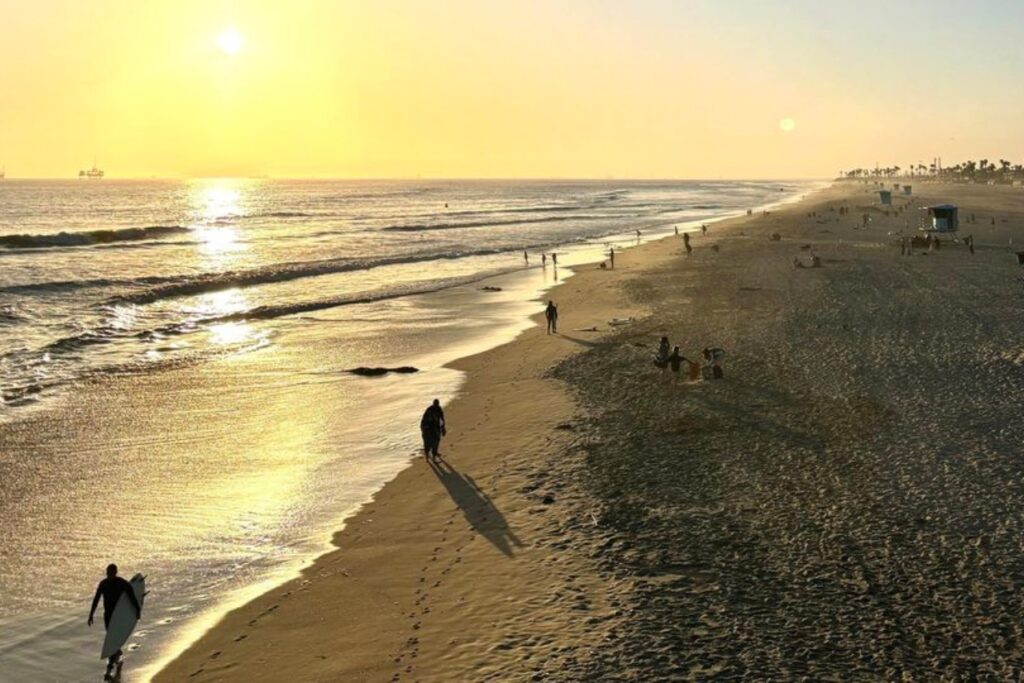
I chose California as the location for my fellowship because it is a culturally diverse region where tourism plays a crucial role. The intense presence of various communities and tourists adds to the richness of the region, making it an ideal field for my research. Given that my study focused on how tourism and the active involvement of young people can contribute to community and urban development, I felt California provided the perfect environment for my project to yield exciting results.
The fellowship period began with a research workshop held in Budapest in September, hosted by Corvinus University. Here, we had the chance to meet academic supervisors (mostly online) and other fellows, who were primarily master’s students from Germany, Austria, and American partner institutions.
During my research, I was supervised by Professor Scott Bollens from UCI’s Department of Public Planning and Policy. As a recognized expert in urban development and public policy, Professor Bollens greatly helped me deepen my understanding of the relationship between local communities and tourism. His guidance and professional support enabled me to refine my research questions and methodology, which was invaluable in conducting a research project in a completely different cultural environment.
Fortunately, I received a prompt response from the university, confirming that they were happy to host me under the program, allowing me to start the visa process early. This was my first trip to the United States, and Tóth Bálint, the first NEURUS fellow from Corvinus, provided immense help with the organization and administrative processes. I kept in regular contact with Bálint throughout the fellowship, and his experiences and advice proved extremely valuable for tackling challenges during the program.
Finding accommodation was not an easy process, but fortunately, the coordinators at UC Irvine provided some assistance. In the end, I managed to find a lovely room through the university’s housing platform in the beautiful city of Costa Mesa, Orange County, just a 15-minute drive from the university.
On February 12, after more than 14 hours of travel, I finally arrived at Los Angeles Airport, where some kind Hungarian friends living locally awaited me and helped me get to Costa Mesa. Although I struggled with jet lag during the first week, I tried to settle in quickly. The university’s administrative tasks were swiftly completed within 30 minutes, officially allowing me to start my research project. During the first week, I met Professor Scott Bollens in person for the first time after our online discussions, where we reviewed the research process, planned the next steps, and discussed potential interviewees, as well as strategies for reaching out to them.
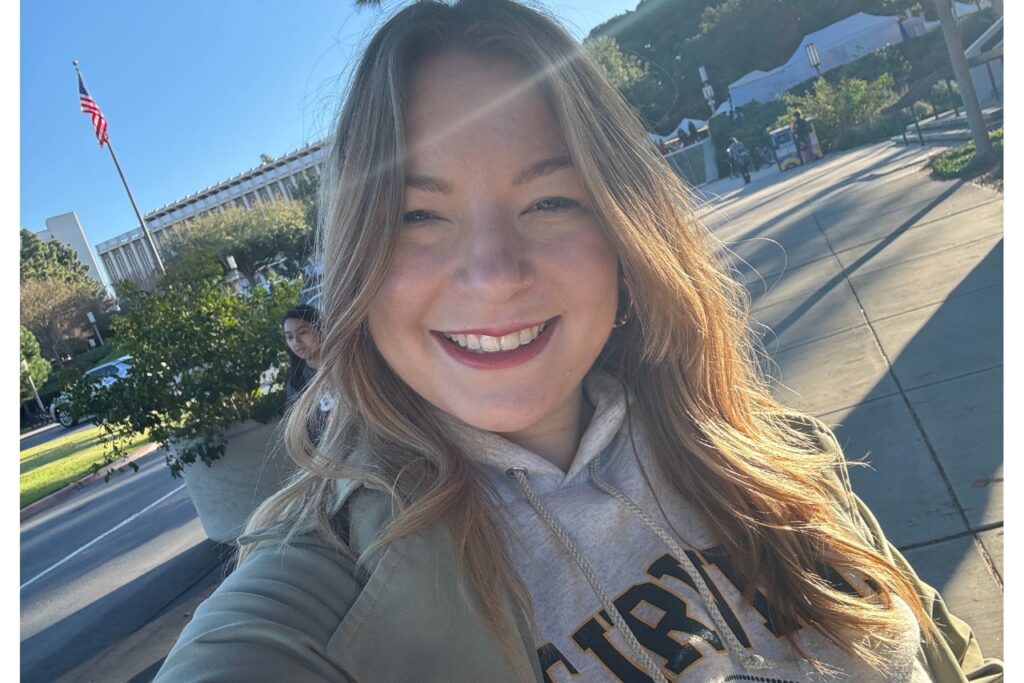
Exploring the area was also a must: Costa Mesa is a vibrant city known for its cultural and artistic centers. Just a street away was the famous South Coast Plaza shopping center, one of the largest and most well-known shopping destinations in the region, filled with luxury stores I had only seen in advertisements (including two large Sephoras). Orange County is full of iconic locations. I was close to Newport Beach, with its scenic oceanfront and harbor offering perfect relaxation, as well as Anaheim, home to Disneyland and the Angel Stadium, where the Anaheim Angels baseball team plays. Irvine, where the university campus is located, is considered one of the most livable and happiest cities in the United States. Its meticulously planned green spaces, high-quality educational institutions, and excellent public services contribute to its high ranking among the best places to live in America. SoCal (Southern California) overall is appealing not just to tourists but also to locals, offering everything needed for an ideal Californian experience.
While continuously sending interview requests to various regional stakeholders, I made the most of my free time by exploring the breathtaking landscapes of Southern California with Hungarian friends living there. Costa Mesa’s central location allowed us to reach the most unique places in the area quickly and comfortably. During the first weekends, we visited the picturesque shores of Lake Elsinore, then traveled to Ontario and Riverside. One of the highlights of our trips was Palm Springs and the stunning Indian Canyons, located on land owned by Native American tribes. The spectacular desert scenery, unique palm trees, cacti, and crystal-clear streams appeared as an oasis before our eyes. The entrance fees directly support the livelihoods of local tribes and the preservation of their lands, adding special significance to the visit.
Soon after, I began conducting interviews, with my first conversation being with Dan Smith, Director of External Affairs at Visit California, which was particularly memorable. I discovered that his wife had taught at Corvinus in Budapest during the previous semester, creating an immediate connection. Dan continued to support my research by suggesting new contacts and inviting me to the Outlook Forum 2024 conference organized by Visit California in Palm Springs, an excellent networking opportunity. The conference and the biennial Poppy Awards, the tourism marketing award ceremony, were incredibly inspiring, and with Dan’s help, I felt at home in the California tourism marketing community.
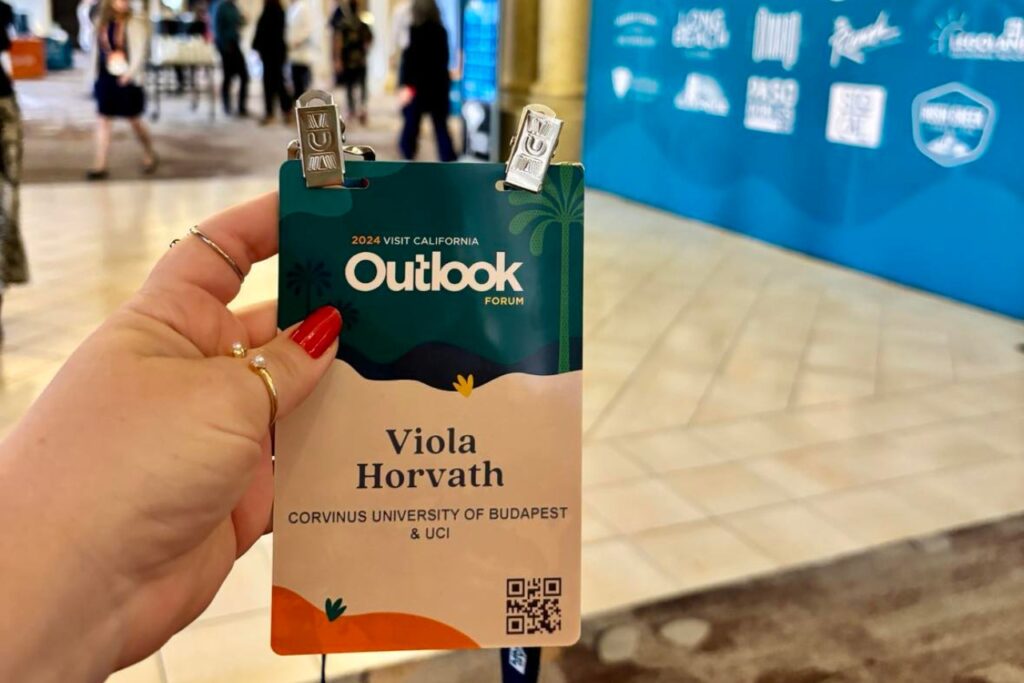
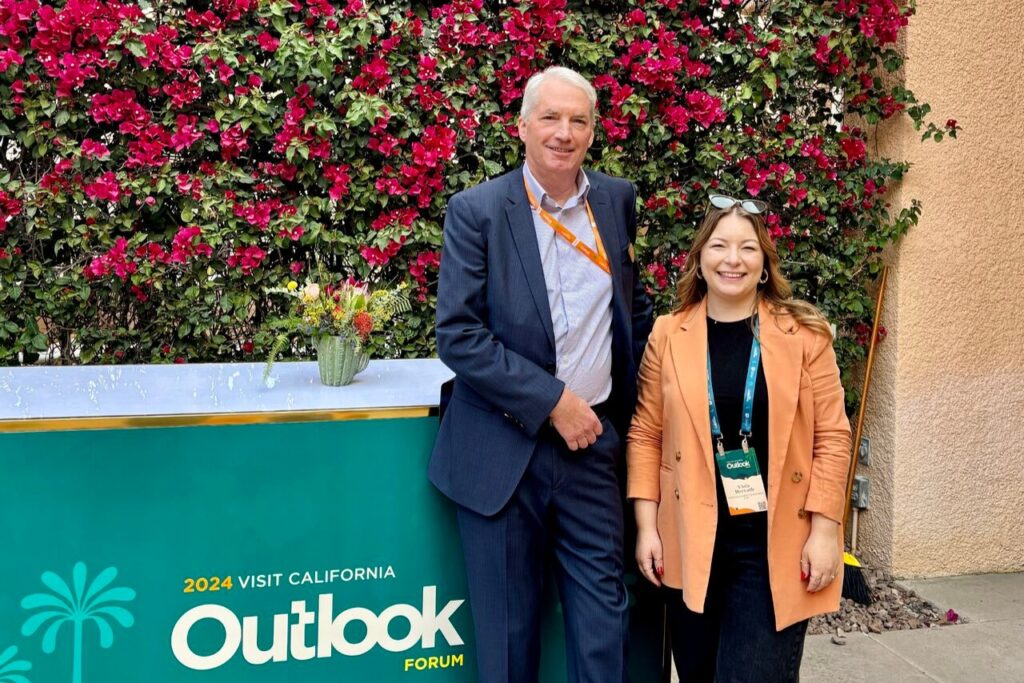
Thanks to the new connections made through Dan, I conducted interviews with Athanasia Panagiotopoulou Andritsopoulou and Peter Rømer Hansen. Athanasia, Leisure Sales Manager at Terranea Resort and proud ambassador of Visit California, demonstrated exceptional professional dedication. She is wholeheartedly involved in the Travel Matters campaign, driven by a passion for sustainability and tourism. During our conversation, she shared deep insights into youth engagement in tourism and the importance of sustainability, providing new perspectives for my research.
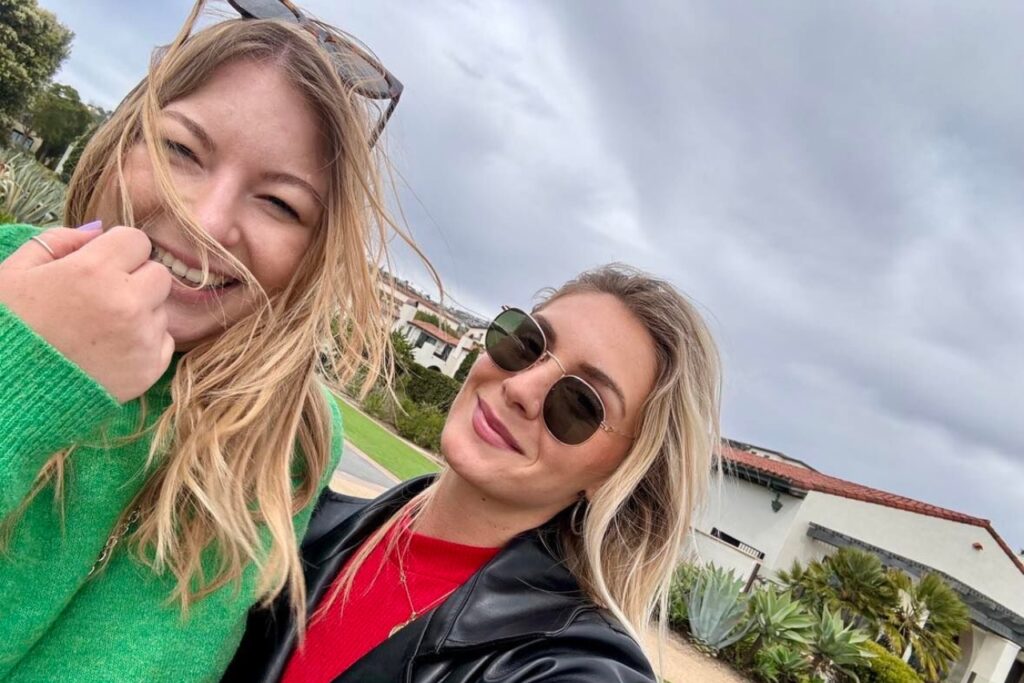
My other interview with Peter Rømer Hansen, co-founder of Group NAO, whom I met at the Visit California Outlook Conference, highlighted their unique role in the tourism world. Group NAO aims to facilitate change, retell destination stories, and support the activities of Destination Management Organizations (DMOs). Peter shared their “TIME FOR DMOCRACY” white paper, which explores public participation in destination governance.
In my free time, I made sure to explore as much of California’s stunning coastline and natural beauty as possible. I frequently hiked along local beaches, especially Laguna Beach, which was love at first sight. I also spent a lot of time with my host, Sandra, who was a board member of the South Shore Yacht Club (SSYC). Thanks to Sandra, I had the opportunity to volunteer at a sailing race, a memorable experience that allowed me to get a firsthand glimpse into the lively California sailing scene. San Diego was another must-visit, and I later took a ferry to the picturesque Catalina Island, which felt like a little slice of Hawaii.
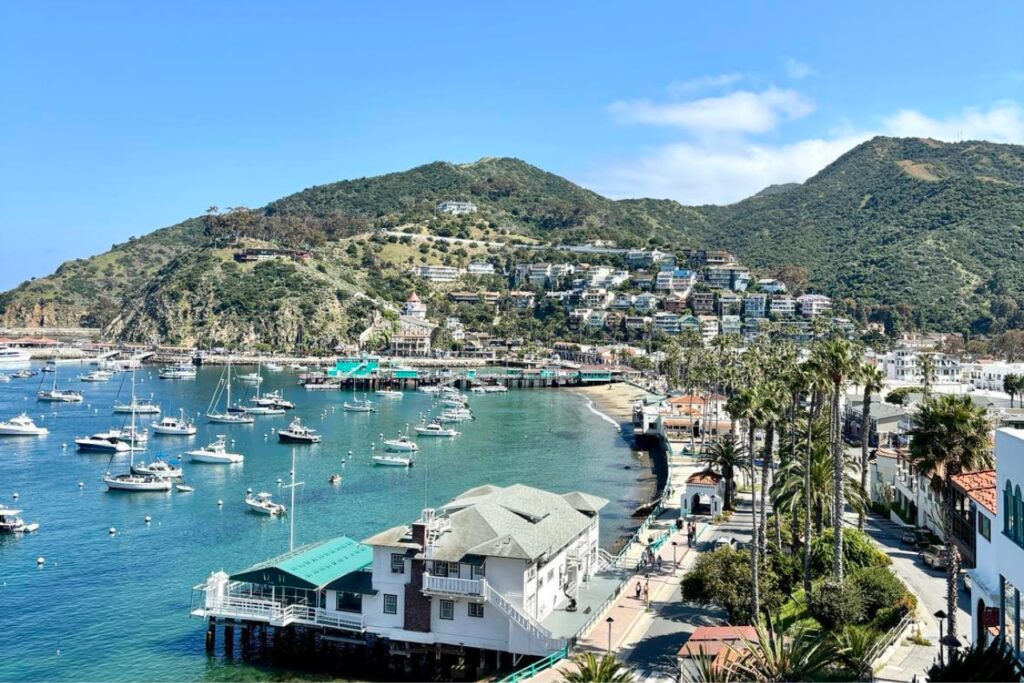
During another road trip, we explored the vibrant world of Las Vegas and then drove to the Antelope Canyon, where Native American guides showcased the canyon’s natural beauty and cultural significance. The breathtaking view of the Grand Canyon topped off this journey, making the 8+ hour round-trip drive and overnight stay in a typical American motel completely worth it.
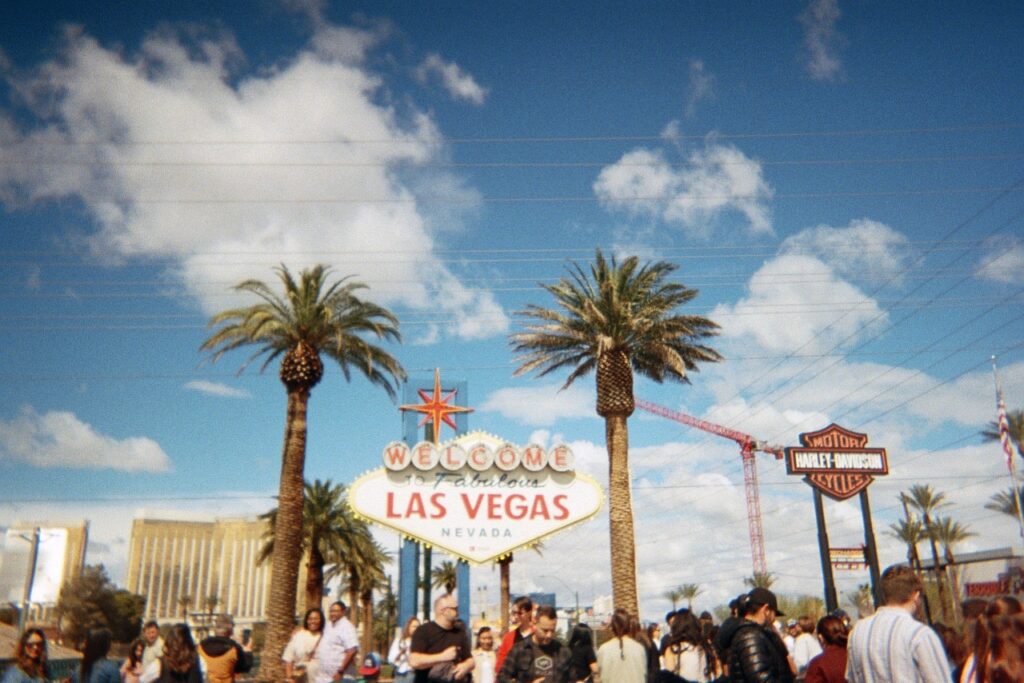
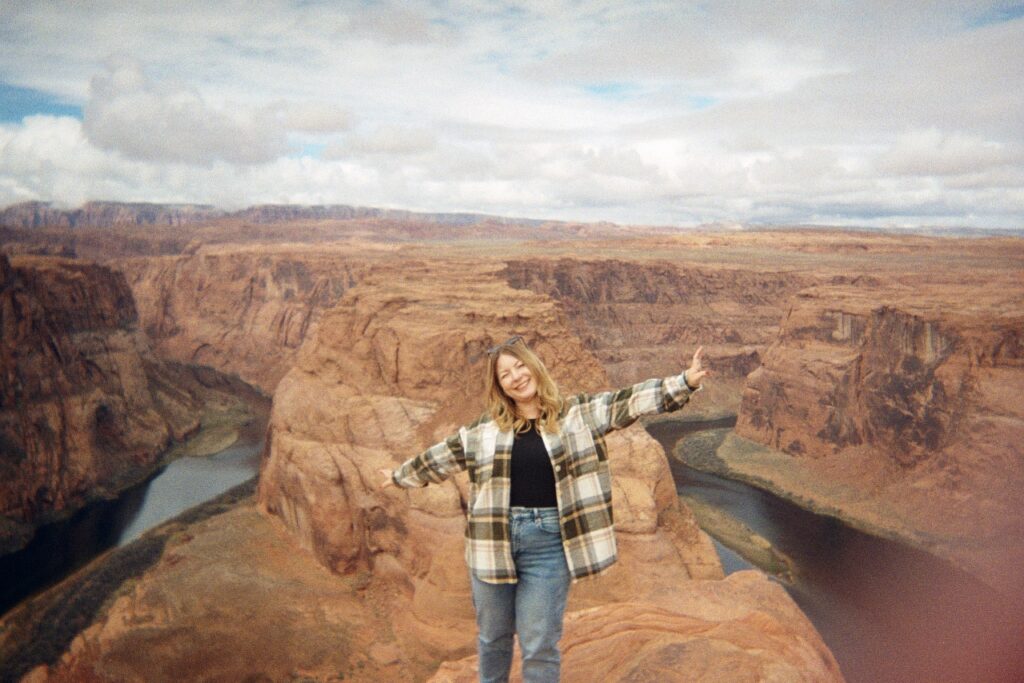
As my research drew to a close, I had two more significant interviews, which added valuable experiences to my time in California. One of the most memorable conversations was with Susan Wright Kenny, a key figure in Orange County’s nonprofit sector. As the founder of Do GOODer Partners and leader of the Uplift Youth Foundation, Susan spearheads innovative community programs aimed at genuinely involving and empowering young people. Under her leadership, the foundation offers dynamic programs that enable youth to become leaders in their own communities, promoting mental and emotional well-being.
I also had the pleasure of interviewing Tori Cruz-Fuchs, Tourism Assessment Manager at the California Office of Tourism and Visit California. Tori’s dedication and passion are not only inspiring but contagious. Our conversation demonstrated the profound impact a career can have when it aligns with one’s passions and values. Tori’s story reminded me of how exciting professional life can be when young people are engaged in community life and the professional sphere from an early age.
As a fitting conclusion to my research, I had an incredibly inspiring discussion with Paige P. Viren, Executive Director of the Sustainable Hospitality Management Program at California State University, Monterey Bay. Under her leadership, the program excels at connecting students with industry professionals, offering valuable mentorship opportunities. These connections go beyond simple networking, providing students with hands-on, practical experiences.
Before I knew it, the two and a half months had flown by, but visiting San Francisco—a longtime dream—was a must. I was curious to see how the mindset of Californians differed in the northern part of the state. This time, I was hosted by a fellow Fulbright Ph.D. student who was spending her fellowship in Berkeley. San Francisco is a stunning city, bustling with life during the day, but it felt somewhat unsettling at night, so I always hurried back to Berkeley, a charming and friendly university town that seemed much safer. I also had the chance to visit the famous Monterey Bay Aquarium, which was an unforgettable experience, even though our pre-booked whale-watching tour had to be canceled due to strong winds.
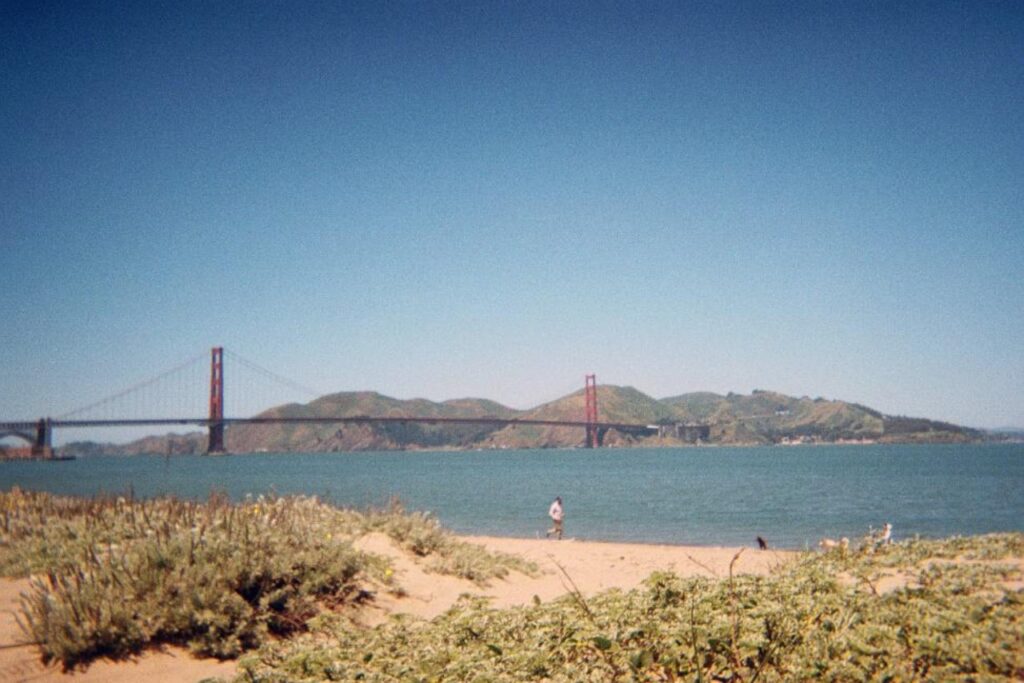
One of the most memorable parts of my trip was visiting my friend Francesca, whom I met during an Erasmus semester in Bordeaux in 2018. Francesca took me around Napa, introduced me to locals, and we visited several renowned wineries. It was especially thrilling to explore the region with locals. I was pleasantly surprised to learn that California’s wine industry has Hungarian roots: Agoston Haraszthy was the one who brought viticulture to the area. I visited the Buena Vista Winery, where a Tokaji wine was even on display to commemorate this. Napa is a place where I could easily imagine living, and I can’t wait to return.
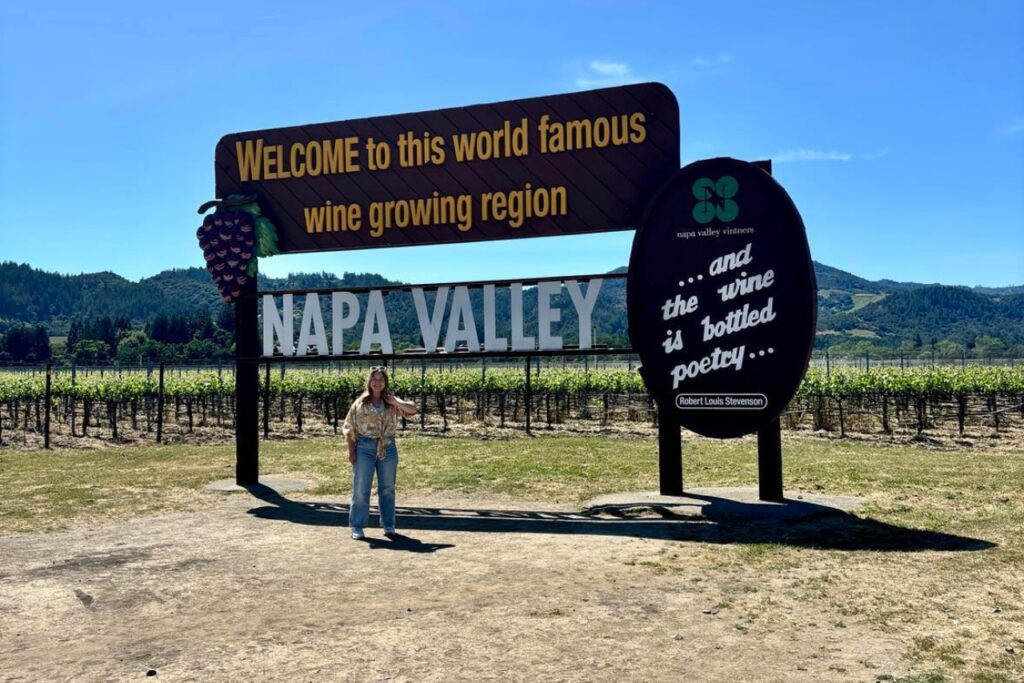
The final days flew by: a few last visits to the ocean, and then my host Sandra and her partner treated me to a sumptuous seafood dinner at one of Newport Beach’s best restaurants. The lobster, oysters, and classic dishes like Mac ‘n’ Cheese and Ice Cream Sundae made for the perfect farewell meal, closing this chapter in the most memorable way.
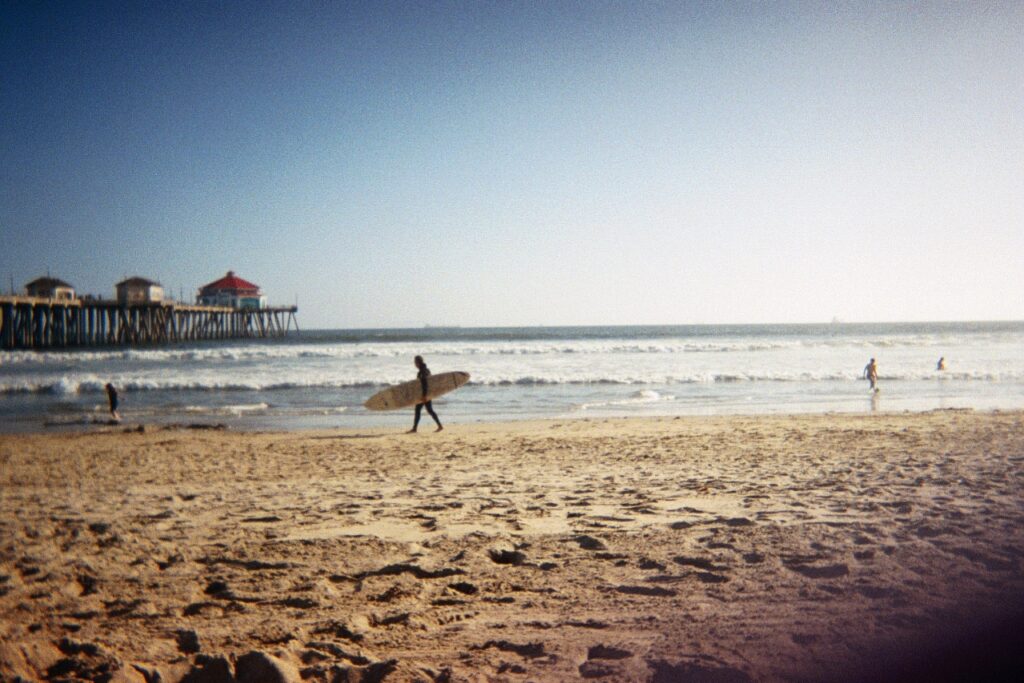
Three months passed in the blink of an eye, and my NEURUS research adventure in California came to a successful conclusion, providing immense inspiration in every aspect. After returning home, I continued my work, aiming to complete a manuscript, and I had the opportunity to present my findings as a guest speaker at the Junior Conference of the Hungarian Urban Planning Society during the summer. I am eager to incorporate the experiences and insights I gained in the United States into my professional, academic, and nonprofit activities. I am especially excited to delve deeper into how tourism can be used as a tool for community building, contributing to the development of a destination. I am deeply grateful to the NEURUS program for giving me the opportunity to broaden my research perspective—this is truly a unique chance for any young researcher.